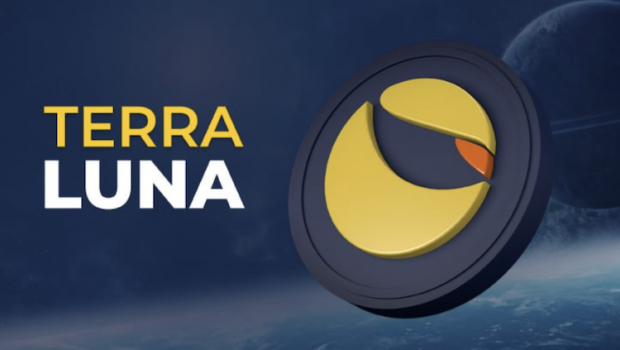Crypto apocalypse: All risks surrounding Bitcoin due to LUNA and UST massacre

The story of the fall of the Terra empire, hand in hand with the collapse of its stable coin, the Terra dollar (UST) and its token, LUNA, has many implications beyond the millions of dollars evaporated from both 'cryptos', which add to the more than $600 billion that digital currencies have lost in a matter of a week. Experts point to two derivatives: the damage done to the fundamentals of digital assets and to DeFi (decentralized finance) projects linked to UST. The cryptocurrency market in general ended the May 11th session adding another black day to its tremendous massacre of the last week. Bitcoin touched lows at $28,000 and digital currencies saw their total value fall to $1.2 trillion. Both figures are put to the test on Thursday.
Neither the sale of nearly the entire Bitcoin larder of the Luna Fundation Guard (LFG), the entity in charge of backing the UST, nor Terraform Labs founder Do Kwon's plans to sacrifice LUNA to save the Terra dollar have managed to rally the UST's 1:1 anchor. The announcement that Terra intended to mint more tokens to back the 'stablecoin' did not sit well with the market which continued to pummel the 'crypto' stablecoin that has touched lows of 30 cents on the dollar. As for LUNA, the carnage is absolute as it has traded as low as $0.1.
"The impact of this event on the broader market is very significant," noted Marcus Sotiriou, analyst at Global Block. We will soon know which DeFi projects were backed by or anchored to UST, the expert commented, a link that has caused prominent protocols to go under. Critics of the platform now claim that Terra lacks the liquidity to back its tokens. Its largest DeFi platform, Anchor Protocol, has also seen a mass exodus of funds, and has fallen out of the top 10 decentralized finance platforms.
Terra (LUNA) represented the second largest ecosystem in terms of total value locked (TVL) in DeFi, with approximately $16.8 billion. The ecosystem is powered by 2 tokens: UST and LUNA. UST is a stablecoin pegged 1:1 to the US dollar, while LUNA is a governance token. The entire ecosystem is built around the UST stablecoin. To create more USTs you have to consume LUNA, which means the token is deflationary. "By blockchaining USTs, a 19.5% annualized yield (APY) was possible, which led to higher demand for the token and thus an increase in the value of LUNA," explained Gabriel Debach, an analyst at eToro.
"As well as macroeconomic headwinds, with a Federal Reserve (Fed) relentless with interest rate hikes, keeping assets like stocks and digital currencies on the ropes, there is now a fundamental risk to the cryptocurrency industry as the UST stablecoin has dropped below $1," commented the Global Block analyst.
Unlike many stablecoins, such as Tether, USDC or BUSD, Terra's UST is an algorithmic stablecoin, meaning that instead of being backed 1-1 by various assets, it is based on an algorithm that uses various market incentives to maintain a set price.
The flurry of selling has led to extreme panic, "as investors have reacted badly to the news that LFG has sold its reserves," he explained. Glassnode's data shows that 80,000 Bitcoins have been moved to exchange platforms (about $2.4 billion) and that shows that LFG has been selling its reserves in order to raise funds to boost the price of UST again. According to these calculations, it barely has $500 million in BTC, out of the $3 billion it once accumulated.
The response from regulators in the coming months "is also likely to be relentless," stated Sotiriou. US Treasury Secretary Janet Yellen coincidentally spoke before the Senate Banking Committee on Tuesday about the potential threat to financial stability posed by unregulated cryptocurrency markets. "I think it just illustrates that this is a fast-growing product and there are risks to financial stability and we need a framework that is appropriate," she explained.
Todd Phillips, director of financial regulation and corporate governance at the Centre for American Progress, stated the following as well, "Investors in 'stablecoins' deserve the same kind of protection they would have with money market funds. This is $18 billion in wealth that we are seeing evaporate before our eyes, and people are losing money."
"Basically, stable currencies, that are supposed to be fully backed with an equal amount of fiat, are back in the spotlight, and traders continue to show their anxiety about it," concluded Naeem Aslam, analyst at Avatrade.